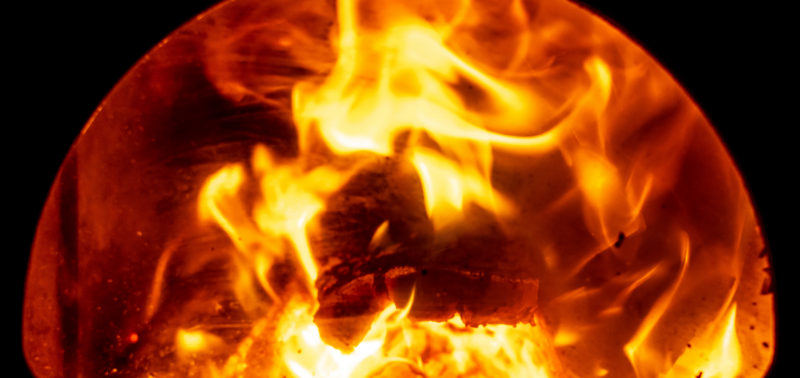In order to measure the temperature correctly, it is necessary to determine the type of thermometer, shape, installation conditions, etc. to be used according to the purpose.
When the temperature sensor is used to measure the temperature of the liquid in the bath, the temperature is not always the same at the place where the temperature sensor is inserted and at other places. In this case, it is necessary to measure the temperature distribution in the bath by arranging multiple temperature sensors.
If the liquid is used, the thermal contact condition of the temperature sensor is considered to be relatively good, but in the case of solid-state measurement, if the contact condition to the measurement object is not appropriate (for example, the clearance of the insertion part is large), the heat from the measurement object is not transferred accurately, and the temperature cannot be measured correctly.
When installing the temperature sensor, if the insertion length is short, it becomes a factor of error due to the effect of heat input from the outside (heat escape or inflow due to heat conduction), so it is necessary to secure the insertion length according to the diameter of the temperature sensor.
Measuring temperature with a temperature sensor means that the sensor is exposed to the temperature of the object to be measured. For example, in a high-temperature environment, the temperature sensor may be deteriorated due to thermal damage to the material. Thermocouples are subject to inhomogeneity, so insertion length management is also important. Since the usable temperature range and features differ depending on the type of temperature sensor, it is necessary to select the type according to the application.
As the characteristics of the temperature sensor change (deteriorate) depending on use, it is necessary to periodically check and replace the output of the temperature sensor in consideration of the temperature range to be used and the time to be used at that temperature.
Thermocouples and RTD used as temperature sensors are specified in JIS standards (Thermocouples: JIS C1602, RTD: JIS C1604). Select the type according to the application. The output of the temperature sensor with respect to temperature is specified for each type (thermocouple is thermoelectromotive force /mV, RTD is resistance/Ω), and the input setting of the receiver to be converted to temperature display must be adjusted to match the type of the temperature sensor to be connected.


